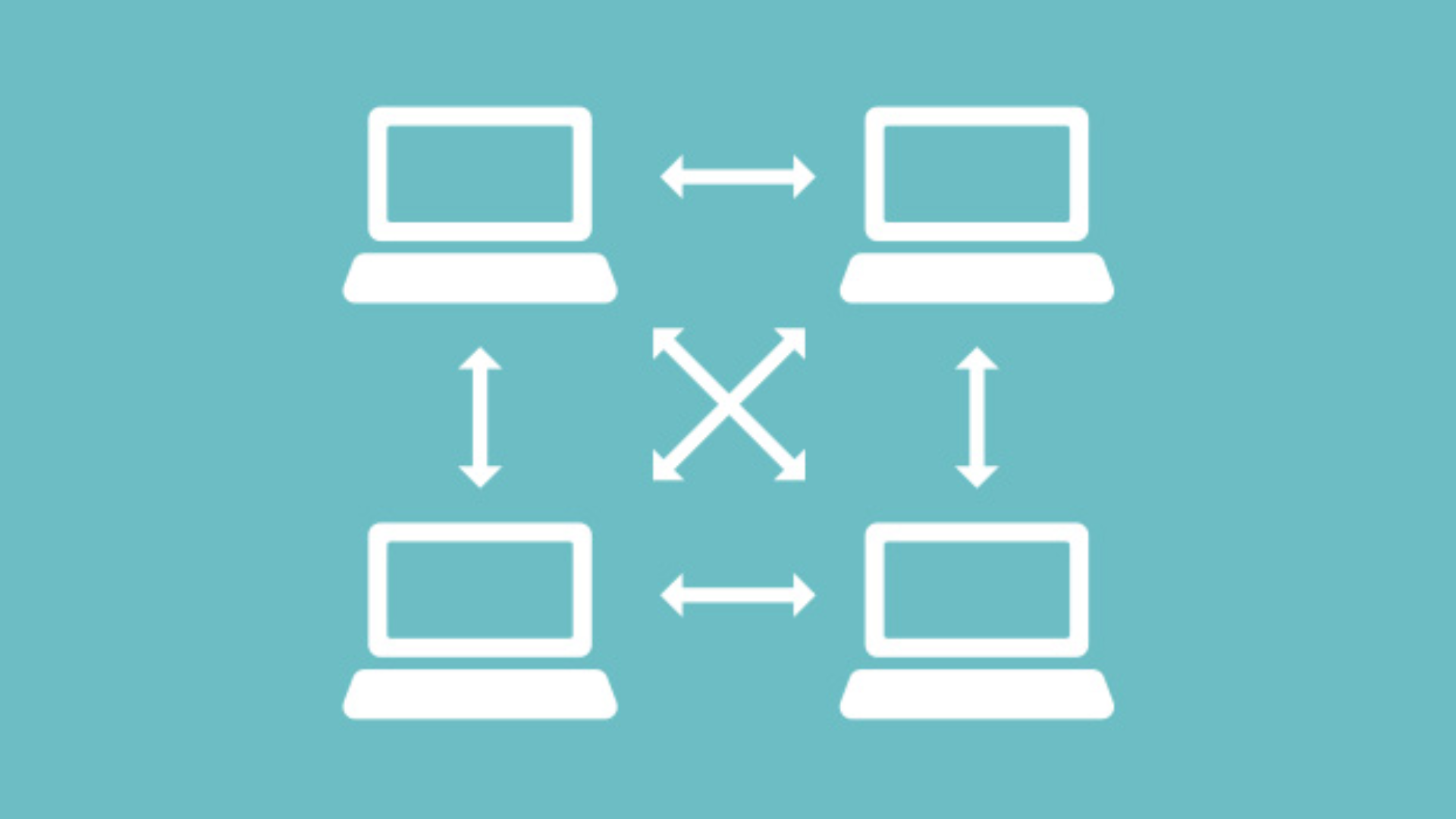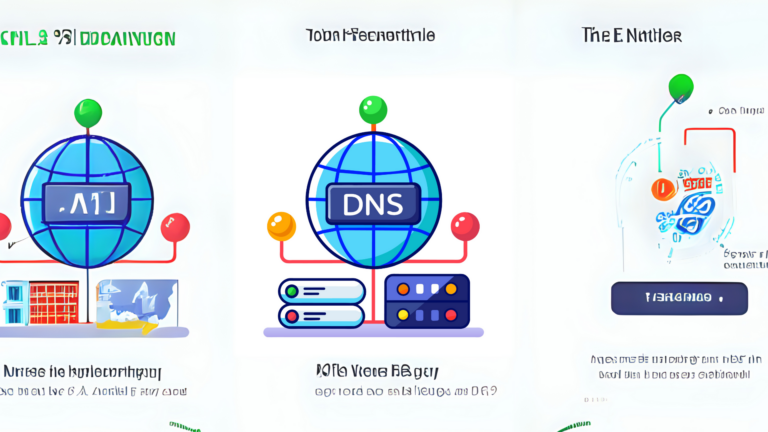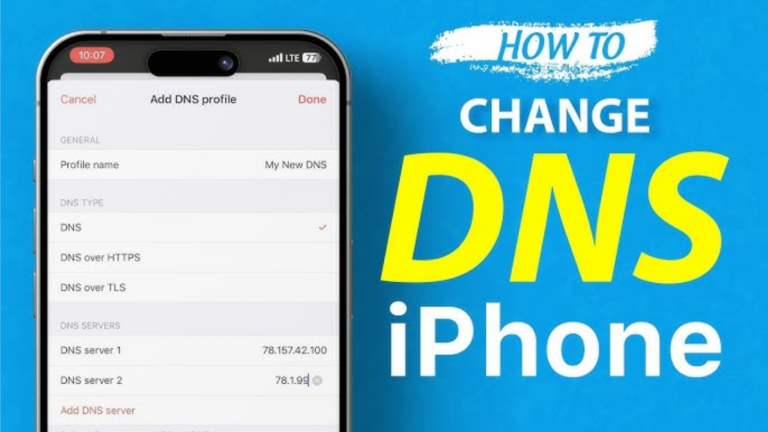What is a DNS round-robin setup?
What is DNS Round-Robin?
DNS Round-Robin is a simple way to distribute website traffic among multiple servers. It helps balance the load so that no single server gets overwhelmed with too many requests. This setup is useful for websites, applications, and services that receive a lot of visitors.
How Does DNS Round-Robin Work?
Instead of pointing a domain name (like example.com) to just one server, DNS Round-Robin allows a domain to have multiple IP addresses. When someone visits the website, the DNS server gives them one of the available IP addresses. The next visitor might get a different IP address. This way, traffic is shared among different servers.
Example of DNS Round-Robin
Let’s say we have a website called mywebsite.com, and we have three servers with these IP addresses:
- 192.168.1.10
- 192.168.1.11
- 192.168.1.12
If a user tries to access mywebsite.com, the DNS might send them to 192.168.1.10. The next user might get sent to 192.168.1.11, and the one after that to 192.168.1.12. This cycle continues, distributing traffic evenly among all servers.
Why Use DNS Round-Robin?
There are several benefits to using DNS Round-Robin:
1. Load Distribution
It helps distribute incoming traffic across multiple servers, preventing any one server from being overloaded.
2. Simple and Cost-Effective
Compared to advanced load balancing solutions, DNS Round-Robin is easy to set up and doesn’t require expensive hardware or software.
3. Redundancy and High Availability
If one server goes down, traffic can still be directed to the remaining servers, reducing downtime.
Limitations of DNS Round-Robin
While it is useful, DNS Round-Robin has some drawbacks:
1. No Automatic Failover
If a server stops working, the DNS will still send users to that server until the DNS records are manually updated.
2. Uneven Traffic Distribution
DNS servers and browsers cache IP addresses, which can lead to uneven traffic distribution.
3. No Session Persistence
A user might get connected to a different server on each visit, which can be a problem for applications that require session consistency.
How to Set Up DNS Round-Robin
Setting up DNS Round-Robin is quite simple and can be done using a domain registrar or DNS hosting provider. Here’s how:
- Log in to Your DNS Provider – This could be GoDaddy, Cloudflare, AWS Route 53, or another provider.
- Find the DNS Records Section – Look for the area where you can manage DNS records.
- Add Multiple A Records – Create multiple A records with the same domain name but different IP addresses.
- Save the Changes – After adding the records, save the settings, and the DNS Round-Robin setup will start working.
Conclusion
DNS Round-Robin is a simple yet effective way to distribute traffic across multiple servers. It helps balance the load, increases availability, and is easy to set up. However, it does have some limitations, such as the lack of automatic failover. If you need a more advanced solution, you might want to consider using a dedicated load balancer. But for basic needs, DNS Round-Robin works well and is a great starting point for managing web traffic efficiently.






